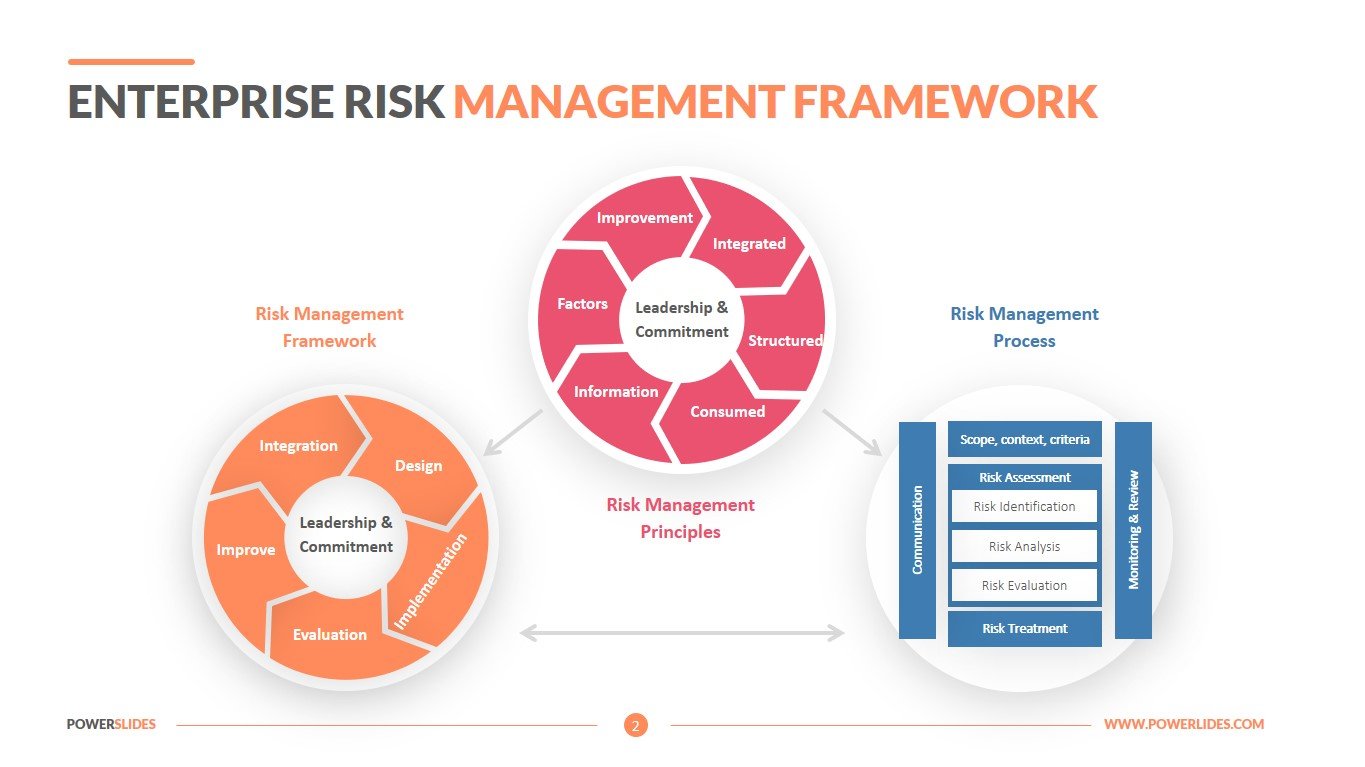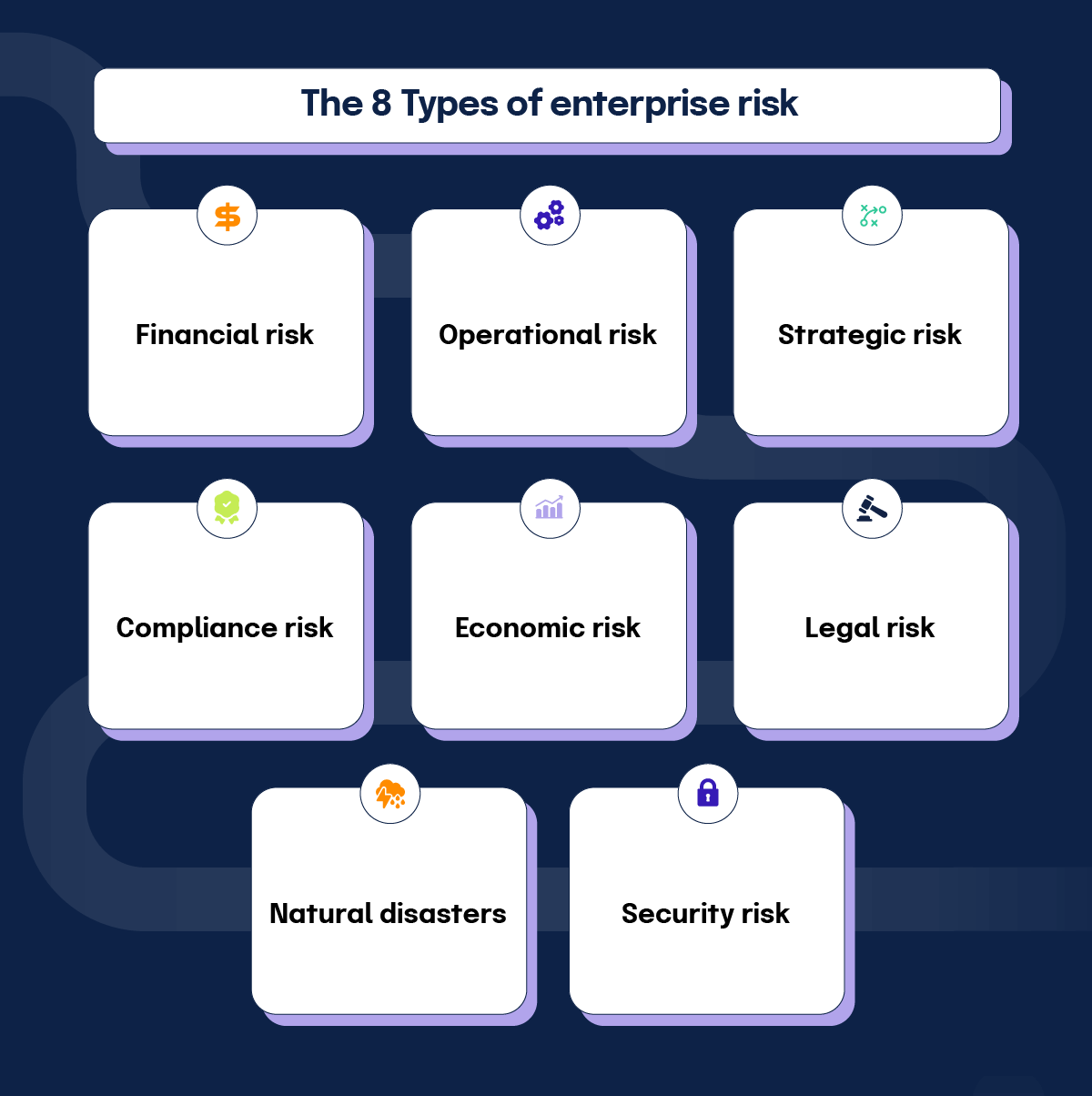Insider threats continue to be a notable subject for security planning
Exactly How Ai-Driven Solutions Are Changing Expert Risk Prevention and Conformity in the Work environment
In today's electronic landscape, insider hazards position significant dangers to companies. AI-driven services are emerging as critical devices in dealing with these difficulties. By making use of sophisticated analytics and real-time monitoring, these technologies enhance threat discovery and improve compliance administration. As firms adopt these cutting-edge techniques, the makeover of workplace safety and security ends up being noticeable. Nonetheless, the implications of this shift elevate critical questions about the future of business safety and security and staff member privacy.
Comprehending Expert Threats: The Growing Threat in Modern Workplaces
As companies increasingly count on electronic systems to handle delicate info, the danger of expert risks has actually come to be a pressing worry. Expert risks can arise from employees, professionals, or service partners that manipulate their accessibility to sensitive data for harmful purposes. These dangers are particularly testing to alleviate due to the trust integral in employer-employee connections.
Motivations for insider dangers range from monetary gain and personal complaints to ideological ideas. The effects of such violations can be serious, including monetary loss, reputational damage, and legal repercussions. Recognizing possible expert hazards is made complex by the subtle nature of their activities, which commonly mix perfectly with normal organization procedures.
Organizations must prioritize extensive safety training and promote a society of responsibility to fight these risks. By comprehending the numerous sorts of expert hazards and their motivations, business can better prepare to implement efficient preventative procedures and guard their delicate info.

The Role of AI in Enhancing Danger Discovery
AI plays a vital duty in enhancing hazard discovery through the implementation of anticipating analytics and behavior pattern recognition. By evaluating vast amounts of data, AI systems can recognize abnormalities that might show potential expert hazards. This aggressive approach permits organizations to respond promptly to risks prior to they rise.
Predictive Analytics Execution
While organizations increasingly rely upon digital properties, the capacity for expert risks stays a considerable concern. Predictive analytics execution plays an essential role in addressing this issue by leveraging historic information to anticipate potential threats. Insider threats. By analyzing patterns and patterns, organizations can recognize anomalies that may suggest harmful intent or dangerous habits among workers. These sophisticated AI-driven systems make use of artificial intelligence algorithms to fine-tune their anticipating abilities gradually, adjusting to new data inputs and progressing danger landscapes. Additionally, the proactive nature of predictive analytics permits companies to take preemptive procedures, thus decreasing the danger of data breaches or compliance violations. Eventually, the integration of anticipating analytics boosts an organization's total safety and security pose and supports a much more resistant workplace atmosphere
Behavioral Pattern Recognition
Comprehending and recognizing behavior patterns is essential for enhancing risk discovery within companies. AI-driven solutions utilize advanced formulas to examine vast amounts of data, recognizing uncommon habits indicative of possible expert hazards. By continually monitoring staff member tasks, these systems can identify variances from established patterns, such as altered access to sensitive details or irregular communication habits. This positive approach assists in very early intervention, mitigating dangers prior to they intensify right into considerable safety breaches. Additionally, AI improves the precision of risk discovery by decreasing incorrect positives, enabling safety groups to concentrate on real worries. As organizations significantly embrace AI modern technologies, the integration of behavioral pattern recognition will play a critical function in strengthening total protection and conformity frameworks.
Proactive Conformity Administration Through AI Analytics
As organizations navigate progressively complicated regulative landscapes, positive conformity management via AI analytics arises as a critical approach. AI-driven solutions promote the automation of conformity procedures, enabling organizations to recognize and attend to prospective threats before they intensify (Insider threats). By analyzing huge volumes of information, these systems can discover patterns and anomalies that might suggest conformity breaches or insider hazards
In addition, AI analytics enhance the efficiency of compliance training programs by tailoring material to specific employee behaviors and danger variables. This personalized strategy warranties that conformity training is both relevant and appealing, fostering a culture of liability within the company.
Furthermore, AI devices can streamline reporting and documents, lowering the administrative worry on compliance groups. By supplying real-time understandings and anticipating analytics, organizations can remain ahead of regulatory adjustments and maintain a robust compliance pose, inevitably reducing the threat of pricey violations and improving overall office protection.
Real-Time Monitoring and Feedback Capabilities
Efficient compliance administration sets the structure for durable protection procedures, however the vibrant nature of insider hazards demands real-time monitoring and reaction abilities. Organizations are significantly leveraging AI-driven options to maintain constant surveillance of individual habits and system tasks. This positive approach permits the prompt identification of anomalies that may indicate possible insider dangers.
Real-time monitoring systems use innovative formulas to evaluate substantial amounts of information, making it possible for companies to detect suspicious tasks as they take place. When uncommon patterns are recognized, automated alerts can trigger immediate reactions, such as restricting gain access to or starting investigations. This swift action decreases prospective damages and assurances that companies can deal with dangers promptly.
Additionally, integrating these capacities within compliance structures boosts total safety and security pose, lining up with regulative requirements while securing sensitive details. Eventually, real-time surveillance and feedback capacities are important for cultivating a protected office setting in an age of advancing insider hazards.
Developing a Culture of Protection Recognition
A strong culture of security recognition is essential for companies aiming to mitigate insider dangers properly. This society promotes an atmosphere where staff members understand the relevance of information protection and their function in securing sensitive information. Organizations can attain this by executing detailed training programs that enlighten personnel on identifying potential dangers and sticking to safety protocols.
Routine communication regarding protection policies, updates, and best methods likewise strengthens the relevance of watchfulness. go to my site Encouraging open discussion regarding security problems empowers staff members to report dubious activities without worry of repercussions.
Furthermore, companies need to recognize and reward proactive habits associated to safety and security, which can improve interaction. By incorporating security understanding into day-to-day routines, business grow a workforce that focuses on security, eventually decreasing the chance of expert hazards. A committed strategy to developing this culture not just shields business assets but additionally adds to conformity with governing requirements.

Situation Researches: Effective Implementation of AI-Driven Solutions
The combination of AI-driven remedies in organizations has actually shown to be a transformative approach to combating expert look at this now hazards. One noteworthy study entails a banks that executed an AI-based tracking system to assess worker behavior. By using artificial intelligence algorithms, the system discovered abnormalities in data gain access to patterns, enabling the company to determine potential expert risks prior to any kind of substantial damages occurred.
One more instance is a technology company that took on AI-driven analytics to boost its conformity efforts. This service allowed the company to automate the testimonial of information and communications sharing, guaranteeing adherence to regulatory needs while decreasing human error.
Both study highlight the efficacy of AI in giving real-time insights and proactive steps versus expert hazards, showing that companies can significantly reinforce their protection pose via ingenious innovation. These implementations not just shield delicate info however likewise cultivate a culture of compliance and alertness.
Future Fads in Insider Danger Prevention and Compliance
As organizations increasingly identify the worth of AI-driven options in mitigating expert threats, attention is changing towards future fads that will form avoidance methods and compliance structures. One substantial fad is the assimilation of innovative machine discovering formulas with the ability of adjusting to progressing dangers in real-time. This flexibility enables organizations to preemptively determine high-risk habits prior to they escalate right into security events.
Furthermore, the emphasis on data privacy and honest AI usage is expected to expand, with frameworks arising to guarantee compliance with regulations like GDPR and CCPA. Organizations will likely take on more comprehensive training programs to enlighten workers about prospective dangers, fostering a proactive security society.
Furthermore, the cooperation in between AI tools and human insight will certainly end up being critical, as hybrid designs utilize the toughness of both innovation and human intuition. Insider threats. Generally, these trends will create a much more durable landscape for insider hazard prevention and conformity, enhancing business security in the digital age
Regularly Asked Inquiries
Just How Do AI Solutions Incorporate With Existing Protection Systems?
AI solutions perfectly integrate with existing protection systems by analyzing information from numerous resources, boosting threat discovery capacities, and boosting incident reaction. This integration allows companies to bolster their safety and security posture and enhance conformity learn this here now initiatives properly.
What Industries Benefit The Majority Of From Ai-Driven Expert Threat Prevention?

How Can Employees Report Suspicious Habits Without Concern?
Workers can report dubious habits without anxiety by making use of confidential reporting channels, guaranteeing discretion, and promoting a helpful office culture that stresses safety and liability. This urges open interaction and trust amongst all employee.
What Are the Expenses Related To Executing AI Solutions?
The prices connected with executing AI services consist of software program licensing, infrastructure upgrades, recurring upkeep, team training, and potential assimilation expenses, which can differ significantly depending on the company's size and particular requirements of the technology.
Just How Typically Should AI Equipments Be Updated for Effectiveness?
AI systems need to be updated regularly, ideally every few months, to ensure efficiency. Constant advancements in technology and progressing threats necessitate these updates to keep importance and enhance the system's capacity to protect against insider risks.
Reliable conformity management sets the foundation for durable security steps, however the vibrant nature of insider risks requires real-time tracking and response abilities. A strong culture of safety recognition is important for organizations aiming to minimize expert threats effectively. By incorporating security recognition right into day-to-day regimens, firms grow a workforce that prioritizes security, inevitably decreasing the possibility of expert dangers. Both situation studies highlight the efficiency of AI in providing real-time understandings and aggressive actions versus insider risks, demonstrating that companies can substantially strengthen their protection pose with innovative modern technology. As companies progressively recognize the worth of AI-driven options in alleviating insider hazards, interest is shifting towards future patterns that will form prevention approaches and compliance frameworks.